On any given day, oncologist Mark Lewis, MD, feels like he's seesawing between two eras of technology.
One minute, he's working on sequencing a tumor genome. The next, he's sifting through pages of disorganized data from a device that has been around for decades: the fax machine.
"If two doctors' offices aren't on the same electronic medical record, one of the main ways to transfer records is still by fax," said Lewis, director of gastrointestinal oncology at Intermountain Healthcare in Murray, Utah. "I can go from cutting-edge innovation to relying on, at best, 1980s information technology. It just boggles my mind."
Lewis, who has posted about his frustration with fax machines, is far from alone. Oncologists are among the many specialists across the country at the mercy of telecopiers.
According to a 2021 report by the Office of the National Coordinator for Health Information Technology, fax and mail continue to be the most common methods for hospitals and health systems to exchange care record summaries. In 2019, nearly 8 in 10 hospitals used mail or fax to send and receive health information, the report found.
Fax machines are still commonplace across the healthcare spectrum, said Robert Havasy, MS, senior director for informatics strategy at the Healthcare Information and Management Systems Society (HIMSS). Inertia, cost, and more pressing priorities for hospitals and medical institutions contribute to the technology sticking around, he explained.
"Post-COVID, my guess is we're still at over 50% of healthcare practices using fax for some reason, on a daily basis," Havasy said in an interview. "A lot of hospitals just don't have the time, the money, or the staff to fix that problem because there's always something a little higher up the priority chain they need to focus on."
If, for instance, "you're going to do a process redesign to reduce hospital total acquired infections, your fax machine replacement might be 10th or 12th on the list. It just never gets up to 1 or 2 because it's 'not that much of a problem,'" he added.
Or is it?
Administrators may not view fax machines as a top concern, but clinicians who deal with the machines daily see it differently.
"What worries me is we're taking records out of an electronic storehouse [and] converting them to a paper medium," Lewis said. "And then we are scanning into another electronic storehouse. The more steps, the more can be lost."
And when information is lost, patient care can be compromised.
Slower Workflows, Care Concerns
Although there are no published data on fax machine use in oncology specifically, this outdated technology does come into play in a variety of ways along the cancer care continuum.
Radiation oncologist David Penberthy, MD, said patients often seek his cancer center's expertise for second opinions, and that requires collecting patient records from many different practices.
"Ideally, it would come electronically, but sometimes it does come by fax," said Penberthy, program director of radiation oncology at the University of Virginia School of Medicine in Charlottesville. "The quality of the fax is not always the best. Sometimes it's literally a fax of a fax. You're reading something that's very difficult to read."
Orders for new tests are also typically sent and received via fax temporarily while IT teams work to integrate them into the electronic health record (EHR), Penberthy said.
Insurers and third-party laboratories often send test results back by fax as well.
"Even if I haven't actually sent my patient out of our institution, this crucial result may only be entered back into the record as a scanned document from a fax, which is not great because it can get lost in the other results that are reported electronically," Lewis said. The risk here is that an ordering physician won't see these results, which can lead to delayed or overlooked care for patients, he explained.
"To me, it's like a blind spot," Lewis said. "Every time we use a fax, I see it actually as an opportunity for oversight and missed opportunity to collect data."
Penberthy said faxing can slow things down at his practice, particularly if he faxes a document to another office but receives no confirmation and has to track down what happened.
As for cybersecurity, data that are in transit during faxing are generally considered secure and compliant with the Health Insurance Portability and Accountability Act (HIPAA), said Havasy of HIMSS. However, the Privacy Rule also requires that data remain secure while at rest, which isn't always possible, he added.
"That's where faxes fall down, because generally fax machines are in public, if you will, or open areas in a hospital," he said. "They just sit on a desk. I don't know that the next nurse who comes up and looks through that stack was the nurse who was treating the patient."
Important decisions or results can also be missed when sent by fax, creating headaches for physicians and care problems for patients.
Lewis recently experienced an insurance-related fax mishap over Memorial Day weekend. Lewis believed his patient had access to the antinausea medication he had prescribed. When Lewis happened to check the fax machine over the weekend, he found a coverage denial for the medication from the insurer but, at that point, had no recourse to appeal because it was a long holiday weekend.
"Had the denial been sent by an electronic means that was quicker and more readily available, it would have been possible to appeal before the holiday weekend," he said.
Hematologist Aaron Goodman, MD, encountered a similar problem after an insurer denied coverage of an expensive cancer drug for a patient and faxed over its reason for the denial. Goodman was not directly notified that the information arrived and didn't learn about the denial for a week, he said.
"There's no 'ding' in my inbox if something is faxed over and scanned," said Goodman, an associate professor of medicine at UC San Diego Health. "Once I realized it was denied, I was able to rectify it, but it wasted a week of a patient not getting a drug that I felt would be beneficial for them."
Broader Health Policy Impacts
The use of outdated technology, such as fax machines, also creates ripple effects that burden the health system, health policy experts say.
Duplicate testing and unnecessary care are top impacts, said Julia Adler-Milstein, PhD, a professor of medicine and chief of the division of clinical informatics & digital transformation at the University of California, San Francisco.
Studies show that 20%-30% of the $65 billion spent annually on lab tests is used on unnecessary duplicate tests, and another estimated $30 billion is spent each year on unnecessary duplicate medical imaging. These duplicate tests may be mitigated if hospitals adopt certified EHR technology, research shows.
Still, without EHR interoperability between institutions, new providers may be unaware that tests or past labs for patients exist, leading to repeat tests, said Adler-Milstein, who researches health IT policy with a focus on EHRs. Patients can sometimes fill in the gaps, but not always.
"Fax machines only help close information gaps if the clinician is aware of where to seek out the information and there is someone at the other organization to locate and transmit the information in a timely manner," Adler-Milstein said.
Old technology and poor interoperability also greatly affect data collection for disease surveillance and monitoring, said Janet Hamilton, MPH, executive director for the Council of State and Territorial Epidemiologists. This issue was keenly demonstrated during the pandemic, Hamilton said.
"It was tragic, quite honestly," Hamilton said. "There was such an immense amount of data that needed to be moved quickly, and that's when computers are at their best."
But, she said, "we didn't have the level of systems in place to do it well."
Specifically, the lack of electronic case reporting in place during the pandemic — where diagnoses are documented in the record and then immediately sent to the public health system — led to reports that were delayed, not made, or had missing or incomplete information, such as patients' race and ethnicity or other health conditions, Hamilton said.
Incomplete or missing data hampered the ability of public health officials and researchers to understand how the virus might affect different patients.
"If you had a chronic condition like cancer, you were less likely to have a positive outcome with COVID," Hamilton said. "But because electronic case reporting was not in place, we didn't get some of those additional pieces of information. We didn't have people's underlying oncology status to then say, 'Here are individuals with these types of characteristics, and these are the things that happen if they also have a cancer.'"
Slow, but Steady, Improvements
Efforts at the state and federal levels have targeted improved health information exchange, but progress takes time, Adler-Milstein said.
Most states have some form of health information exchange, such as statewide exchanges, regional health information organizations, or clinical data registries. Maryland is often held up as a notable example for its health information exchange, Adler-Milstein noted.
According to Maryland law, all hospitals under the jurisdiction of the Maryland Health Care Commission are required to electronically connect to the state-designated health information exchange. In 2012, Maryland became the first state to connect all its 46 acute care hospitals in the sharing real-time data.
The Health Information Technology for Economic and Clinical Health (HITECH) Act provided federal-enhanced Medicaid matching funds to states through 2021 to support efforts to advance electronic exchange. Nearly all states used these funds, and most have identified other sources to sustain the efforts, according to a recent US Government Accountability Office (GAO) report. However, GAO found that small and rural providers are less likely to have the financial and technological resources to participate in or maintain electronic exchange capabilities.
Nationally, several recent initiatives have targeted health data interoperability, including for cancer care. The Centers for Disease Control and Prevention's Data Modernization Initiative is multiyear, multi–billion-dollar effort to improve data sharing across the federal and state public health landscape.
Meanwhile, in March 2024, the Biden-Harris administration launched United States Core Data for Interoperability Plus Cancer. The program will define a recommended minimum set of cancer-related data to be included in a patient's EHR to enhance data exchange for research and clinical care.
EHR vendors are also key to improving the landscape, said Adler-Milstein. Vendors such as Epic have developed strong sharing capabilities for transmitting health information from site to site, but of course, that only helps if providers have Epic, she said.
"That's where these national frameworks should help, because we don't want it to break down by on what EHR vendor you have," she said. "It's a patchwork. You can go to some places and hear success stories because they have Epic or a state health information exchange, but it's very heterogeneous. In some places, they have nothing and are using a fax machine."
Havasy believes fax machines will ultimately go extinct, particularly as a younger, more digitally savvy generation enters the healthcare workforce. He also foresees that the growing use of artificial intelligence will help eradicate the outdated technology.
But, Hamilton noted, "unless we have consistent, ongoing, sustained funding, it is very hard to move off [an older] technology that can work. That's one of the biggest barriers."
"Public health is about protecting the lives of every single person everywhere," Hamilton said, "but when we don't have the data that comes into the system, we can't achieve our mission."
Alicia Gallegos is a freelance healthcare reporter based in the Midwest.

.webp) 2 days ago
4
2 days ago
4



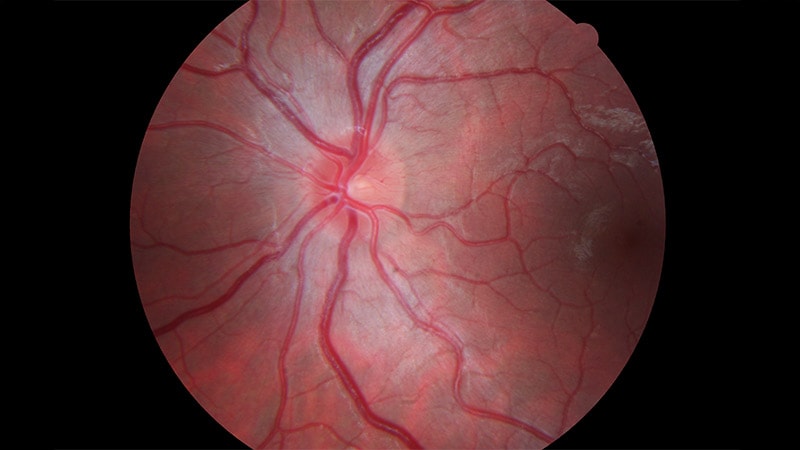
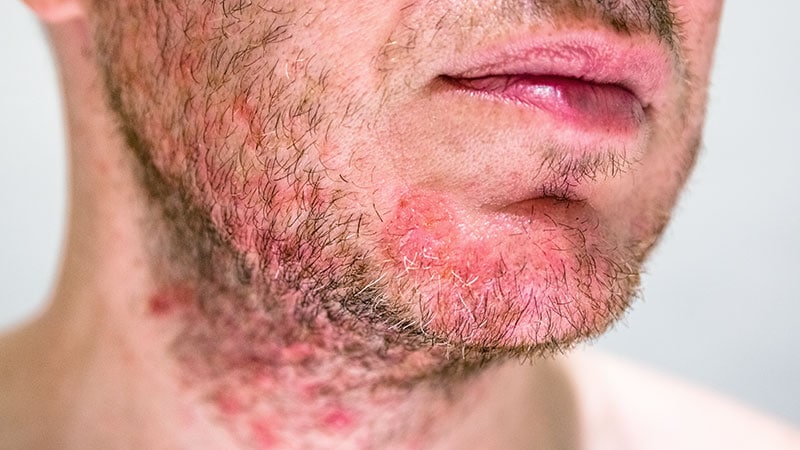

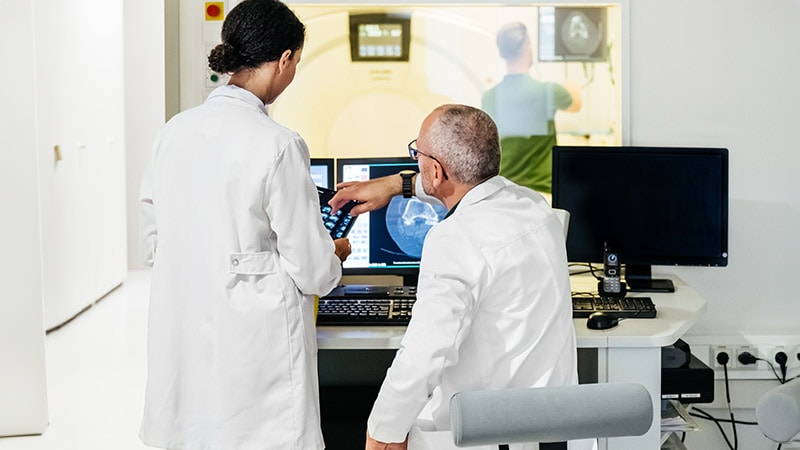
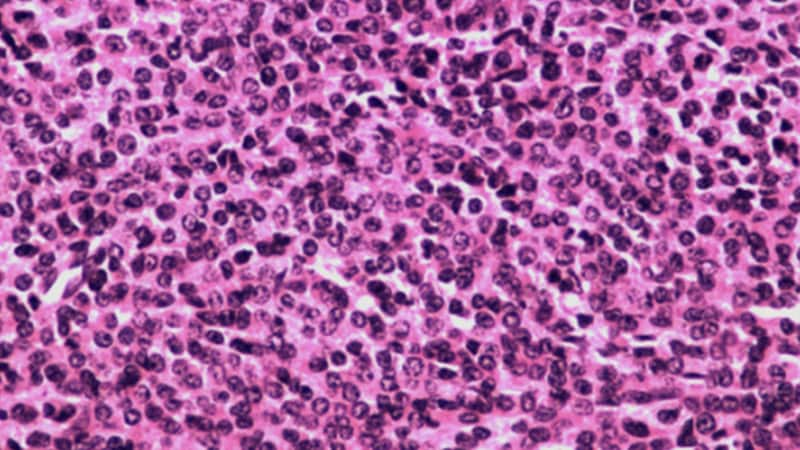

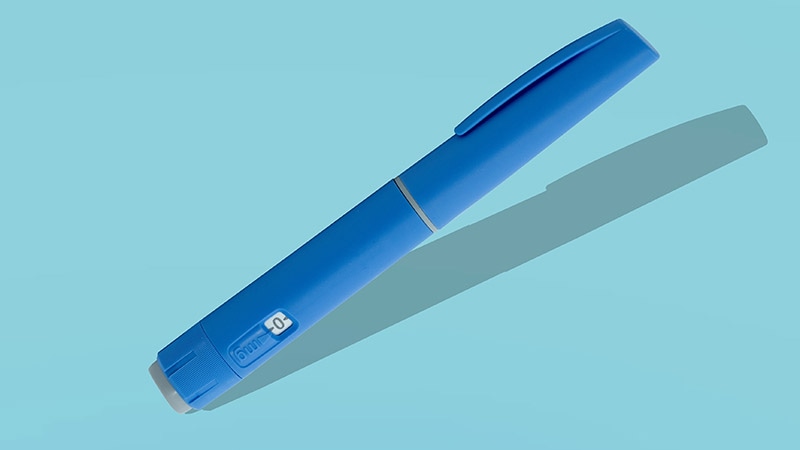








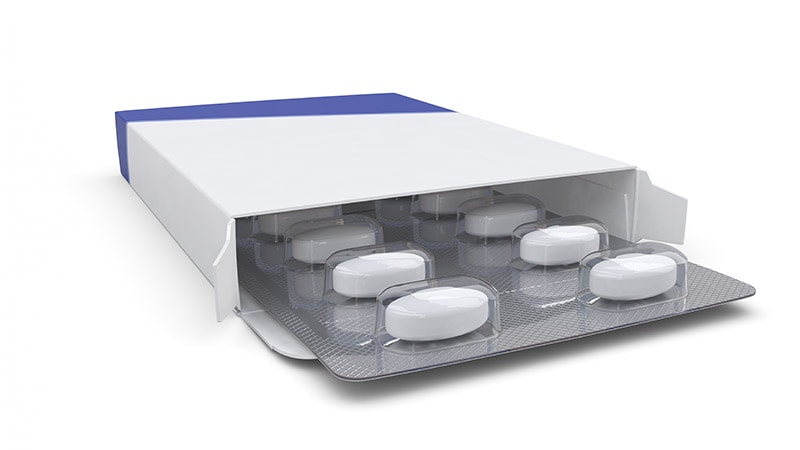







 English (US)
English (US)